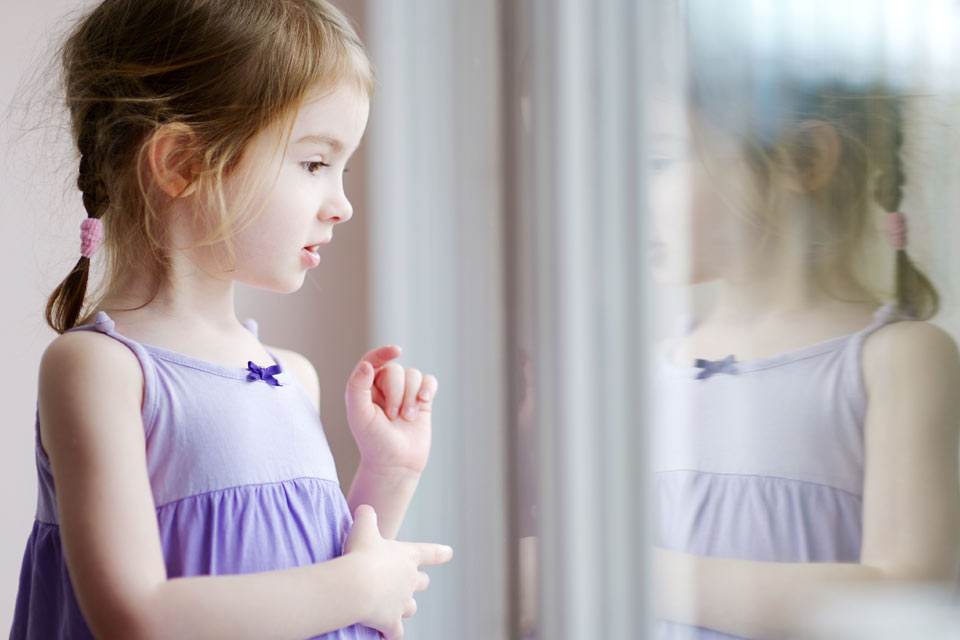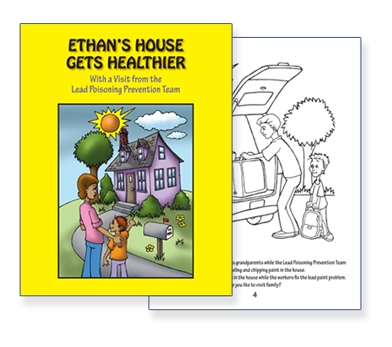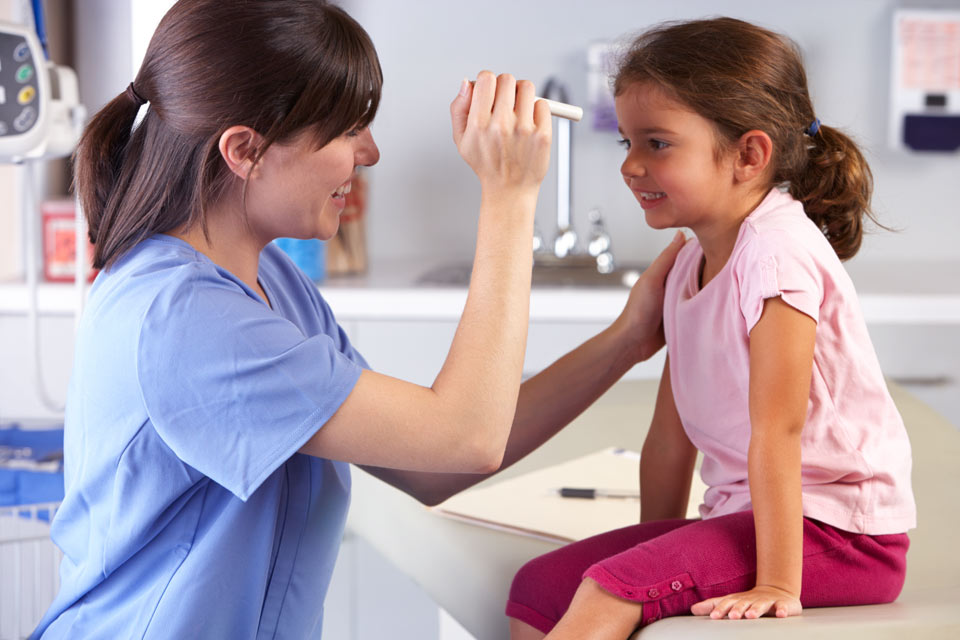Salud de los niños
En Maryland Physicians Care brindamos servicios para ayudar a los niños a crecer sanos y felices. Es importante que los bebés, niños y adolescentes hasta los 21 años reciban chequeos periódicos. Las consultas de bienestar periódicas y de rutina ayudan a su proveedor a identificar, tratar y prevenir problemas médicos. Las consultas de bienestar son integrales e incluyen evaluaciones y servicios médicos, de la vista y de la audición médicamente necesarios.
- Exámenes de rutina
- Inmunizaciones y vacunas
- Pruebas de plomo y pruebas de plomo en la sangre
- Fuentes de plomo y prevención de intoxicación por plomo
- Prevención de intoxicación
- Nutrición infantil
- Manual para miembros
Pruebas de plomo
El plomo se puede encontrar en el entorno de un niño, especialmente en la tierra y en pedacitos de pintura.
La exposición al plomo puede dañar gravemente la salud de un niño y causar efectos adversos que han sido comprobados y documentados, como:
- Daño al cerebro y al sistema nervioso
- Retraso en el crecimiento y el desarrollo
- Problemas de aprendizaje y comportamiento
- Problemas de audición y habla
Esto puede causar:
- Menor coeficiente intelectual
- Disminución de la capacidad para prestar atención
- Rendimiento deficiente en la escuela
Un análisis de sangre es la mejor forma disponible de medir la exposición al plomo. La cantidad de plomo en la sangre se conoce como nivel de plomo en sangre y se mide en microgramos de plomo por decilitro de sangre (μg/dL).
No se identificó ningún nivel seguro de plomo en sangre en niños. La buena noticia es que el envenenamiento por plomo en la infancia es 100% prevenible.
Obtenga más información sobre el programa de prevención del plomo de Maryland.






